Hi! Regarding Your Latest Post, May I Know Which Brushes And Program Did You Use For It? Thanxx
Hi! regarding your latest post, may I know which brushes and program did you use for it? Thanxx


I used Clip Studio Paint, the Rough brush is a standard brush in the program. Rough 2 is a variation of Rough (settings above), and Rough 3 is the same as Rough 2 + an extra marble texture. Hope that was helpful :)
More Posts from Nastysynth and Others


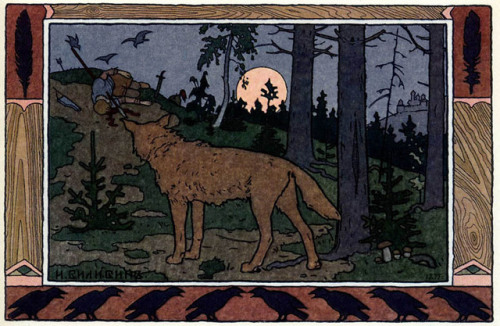
Wolves by Ivan Bilibin.



.. / … . . / -.– — ..-








How i shade !

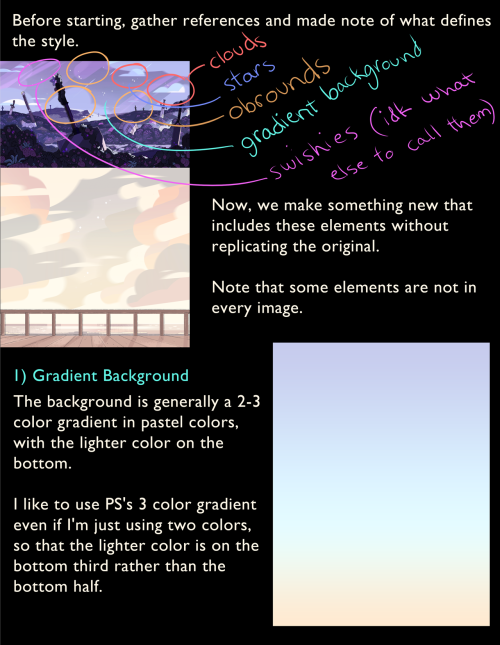
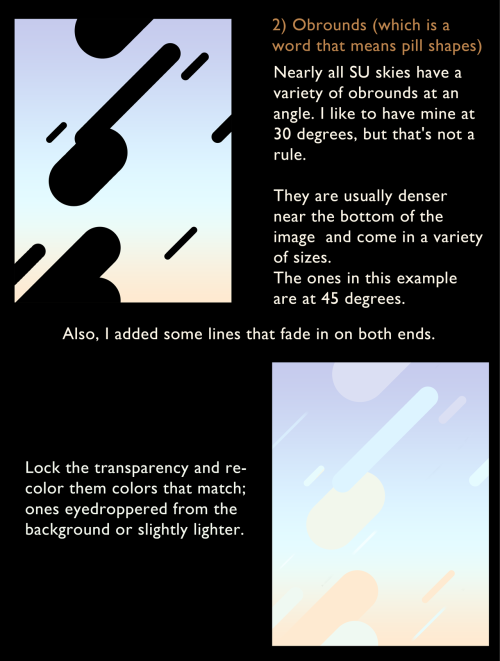
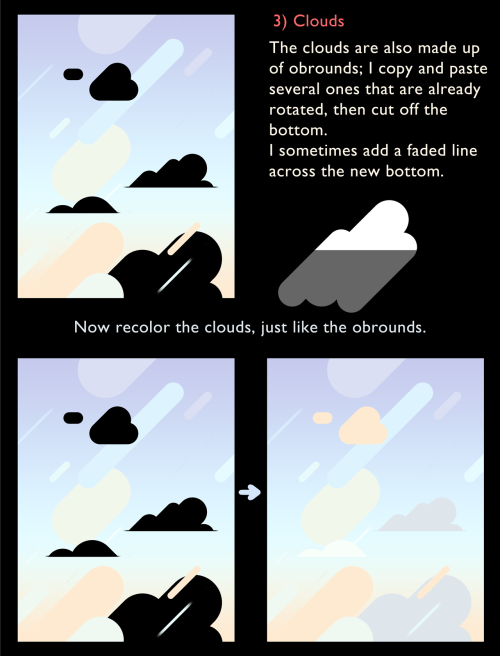
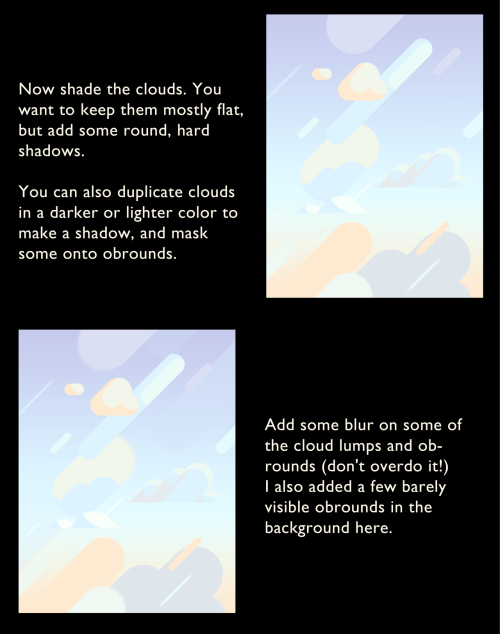
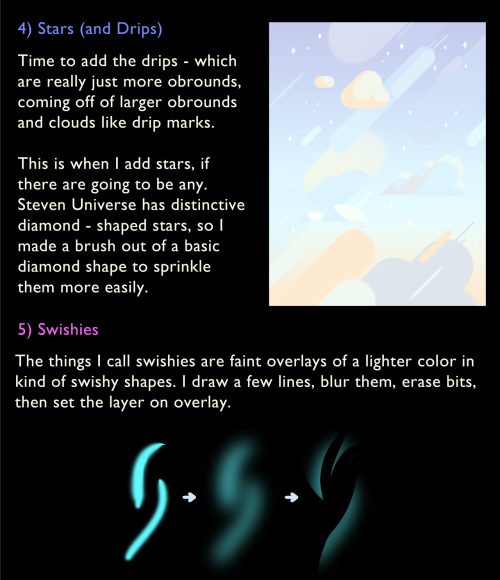
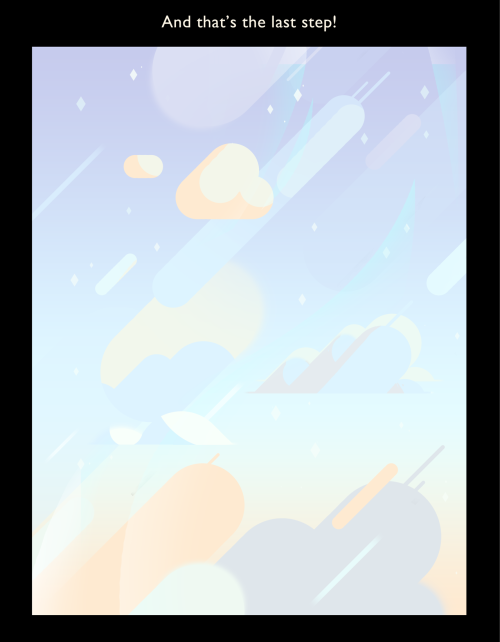
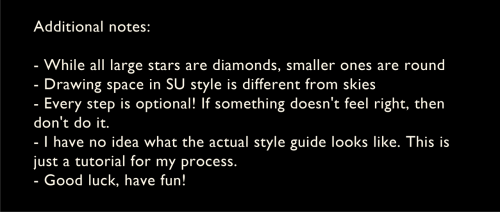
In conclusion, obrounds.
Sorry for the long post (I think it’s most legible in this format but yikes it’s long)
Slavic beliefs about treshold and hearth
The negative role of the treshold
“Together with the door, the threshold co-created a part of the border between the two fragments of space. It was placed in a point where the continuity of the boundary was breached. The importance of the threshold resulted from its dual nature: the separation of spaces and the chance to move between the two created areas. In symbolic thinking, the threshold could be identified (and metonymically replaced) with the critical points that occur when switching between two states of affairs (e.g. nature/culture, night/day) or personal statuses (e.g. childhood/adolescence, single/ married). Being a fraction of the boundary and the exponent of its crossing, the threshold had the characteristics of a border area, and therefore it was ontologically insecure. And so, because every crossing of the border was related to the risk of contacting the undifferentiated chaos of the underworld, or with touching the sacred, the threshold required special protection and the ritualistic behaviours.
The significance of the threshold in family rituals is quite clearly written in eth- nographic material. The threshold was one of the important elements of weddings or deaths, pregnant women were isolated from it. This boundary of the house did also need magical treatments. Apotropaic actions were also related to the thresholds of cowsheds and stables. The main motive of these activities was burying animals, coins, and/or unbaptized children underneath the threshold, or laying axes, garlic, brooms, knives, and/or herbs braided in a wreath on its surface.
Very few historical documents also describe the role of the threshold among Early Middle Ages Slavs. According to archaeological sources, its protective role (and, at the same time, protection over the whole house) can be confirmed by an auroch’s skull found in Gdańsk (circa 1230-1255), which was found near the south- eastern wall of a house, placed in parallel with it, in an alley between two hous- es; it could have been nailed to the top of the house as a hunting trophy. Wreaths made of twigs and hair could also fulfil an apotropaic function. A large number of wreaths made of phloem (9 pieces) was found during excavations in Gdańsk and Wolin. They were found on the streets, the square, and the vicinity of house walls in Early Middle Ages Gdańsk. Willow wreaths from Wolin were found near a wat- tle-and-daub house wall. In a nearby house some collections of wreaths placed on a corner peg were also found1. The wattle-and-daub buildings were built in the 11th and 12th centuries. They were 5 to 10 cm in diameter and were made of willow. A wicker wreath was in turn found in Szczecin inside a log cabin dating back to the first half of the 12th century. Identical wicker wreaths were present in Slavic buildings in Lund.
A possibly apotropaic meaning is connected with wreaths found in Gdańsk, Szczecin, and Wolin that were made of different materials, including horsehair. The incompleteness of archaeological material relating to the Early Middle Ages period does not allow to determine the exact role of this part of the house in apotropaic treatments. Deliberately omitted in this work is the ban on sweeping garbage over the threshold (the broom was treated as a cleanser), which is evident in ethnographic sources. According to Slavic beliefs the broom, when set on the threshold of a house or barn, defended the entrance against witches and protected from evil eyes.”
The symbolic role of the hearth
“The important part of the house was a place used for preparing meals and getting warm. According to ethnographic sources, the stove is a common component of beliefs and rituals. It was clearly a developed form of the hearth in the form of a fireplace and as such will continue to be considered, because fire was an inseparable companion of existence. Stanislaw Ciszewski assigned the following functions to the hearth:
1. it was a social environment and as such it merged individuals into a solidary group of people; 2. it was a symbol of life and existence; 3. it was a form of altar, and as such was an intermediary between a group of people and the spirits of their ancestors and the extrasensory world
The hearth discussed in this chapter has been treated in two ways: as a symbol of family life and spiritual life. The hearth constituted an integral part of life for a man and his family. It connected them to the extent that any important event was associated with it. In turn, the hearth manifested itself in spiritual life as the eternal worship of fire, seen as a god who must be adored. I am aware that this is an artificial division, but the clear application of it will help “organize” apotropaic magic activities connected with the cult of the hearth.
The fireplace or stove were a symbolic centre of family life, around which re- sided the guardian spirits of ancestors. Rituals associated with the hearth, which are the expression of a particular respect, have been observed in ethnographic material. The most archaic of them is the habit of “feeding” the fire, guardian spirits, clan, and family. These treatments are also confirmed by written sources, which speak about demons of destiny and a house spirit called uboże, which had to be taken care of by leaving food in right places. Also the available archaeological material of the Early Middle Ages allows to confirm the submission of different types of bloody and bloodless offerings near the stove and fireplaces.
Both atmospheric fire and the earthly one had sacred value, because the effect of contacting with them was the dissolution of all shapes, or, as a result, the liquidation of the opposition that characterized human oecumene: beginning-end, light-dark, right-left, and so on. This fire also had to be tamed by applying appropriate apotropaic treatments, which in this case took the form of prohibitions or commands with regard to handling fire. On the other hand fire, ashes, charcoal, or smoke were quite commonly believed to have purifying and protective powers. In the light of archaeological sources the worship of a deified fire within the house is probably the most difficult to detect. Over the centuries magical rites related to the worship of fire have changed. Perhaps the two vessels (from Wyszogród near War- saw and Radzim, Greater Poland Voivodeship) with special lightning-shaped and figural engravings on them were used during the protective magic rituals.”
Slavic protective magic in the Early Middle Ages on Polish territories by Joanna Wawrzeniuk

Hiya how do you draw arms crossed over?

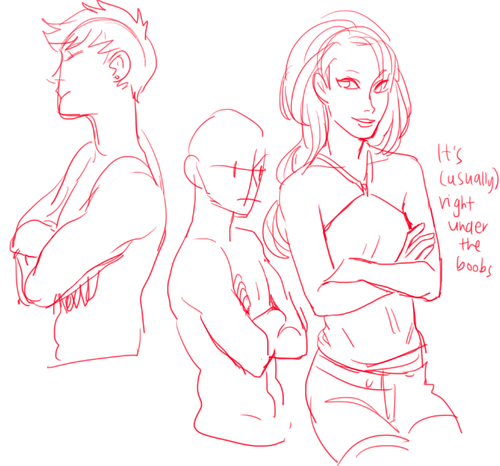

Some people were curious how I finish my 1H sketches so here’s a little tutorial ✨
Ps: just keep in mind that this is the result of super concentrating for 60min just drawing nothing else.




FLUTTERCORD COMIC: <<HEART>>
I’m glad that I can finish this on time.
Season 9 is over, but I know their stories will not stop.
I love them forever.It’s like I know they’ll always love each other.
And now I have to stop updating for study.
I’ll be back in April next year to continue drawing. See U!!!!!



















how do you make ur art look like its glowing?? it's gorgeous!!
I’ll give you a weird secret. After you put the glowing object on a dark background, surround the white parts with a halo of highly saturated color. Observe:

It doesn’t have to be that blatant- smaller outlines of color, blended properly with the background, can make an equally effective glow-y look :)

-
 ghostlymarten reblogged this · 3 weeks ago
ghostlymarten reblogged this · 3 weeks ago -
 gustygardenz liked this · 1 month ago
gustygardenz liked this · 1 month ago -
 flamingfantrash liked this · 2 months ago
flamingfantrash liked this · 2 months ago -
 jdoh53 liked this · 6 months ago
jdoh53 liked this · 6 months ago -
 cerulean-ghost liked this · 6 months ago
cerulean-ghost liked this · 6 months ago -
 abandonednspace liked this · 10 months ago
abandonednspace liked this · 10 months ago -
 succubussally liked this · 1 year ago
succubussally liked this · 1 year ago -
 purplespacesheep reblogged this · 1 year ago
purplespacesheep reblogged this · 1 year ago -
 diamondsheep liked this · 1 year ago
diamondsheep liked this · 1 year ago -
 viradahlen liked this · 1 year ago
viradahlen liked this · 1 year ago -
 nowqqdraw liked this · 1 year ago
nowqqdraw liked this · 1 year ago -
 naareblogs reblogged this · 1 year ago
naareblogs reblogged this · 1 year ago -
 gentlenaa liked this · 1 year ago
gentlenaa liked this · 1 year ago -
 wolfwhoodie liked this · 1 year ago
wolfwhoodie liked this · 1 year ago -
 fade-touched-eezo liked this · 1 year ago
fade-touched-eezo liked this · 1 year ago -
 ahousset liked this · 2 years ago
ahousset liked this · 2 years ago -
 whothefisknox liked this · 2 years ago
whothefisknox liked this · 2 years ago -
 jupiters-art-hoard reblogged this · 2 years ago
jupiters-art-hoard reblogged this · 2 years ago -
 jupiters-art-hoard reblogged this · 2 years ago
jupiters-art-hoard reblogged this · 2 years ago -
 thejupiterarcana liked this · 2 years ago
thejupiterarcana liked this · 2 years ago -
 mkh-draws liked this · 2 years ago
mkh-draws liked this · 2 years ago -
 junefromaugust liked this · 2 years ago
junefromaugust liked this · 2 years ago -
 kittyllunya liked this · 2 years ago
kittyllunya liked this · 2 years ago -
 magikei liked this · 2 years ago
magikei liked this · 2 years ago -
 xthefreakxx liked this · 2 years ago
xthefreakxx liked this · 2 years ago -
 fandomtrashdadio liked this · 2 years ago
fandomtrashdadio liked this · 2 years ago -
 nae0081 liked this · 3 years ago
nae0081 liked this · 3 years ago -
 effwit liked this · 3 years ago
effwit liked this · 3 years ago -
 nailas-art-refs reblogged this · 3 years ago
nailas-art-refs reblogged this · 3 years ago -
 solarings-archive liked this · 3 years ago
solarings-archive liked this · 3 years ago -
 queen-ch3rry liked this · 3 years ago
queen-ch3rry liked this · 3 years ago -
 darkkagamine liked this · 3 years ago
darkkagamine liked this · 3 years ago -
 darkkagamine reblogged this · 3 years ago
darkkagamine reblogged this · 3 years ago -
 hareelungs reblogged this · 3 years ago
hareelungs reblogged this · 3 years ago -
 hareelungs liked this · 3 years ago
hareelungs liked this · 3 years ago -
 mooshuuuuus liked this · 3 years ago
mooshuuuuus liked this · 3 years ago -
 nystiaa liked this · 3 years ago
nystiaa liked this · 3 years ago -
 astrozure liked this · 3 years ago
astrozure liked this · 3 years ago -
 no-its-not-me-no liked this · 3 years ago
no-its-not-me-no liked this · 3 years ago -
 jazzyblusnowflake liked this · 3 years ago
jazzyblusnowflake liked this · 3 years ago -
 yokocoffe liked this · 3 years ago
yokocoffe liked this · 3 years ago -
 deneuvogue liked this · 3 years ago
deneuvogue liked this · 3 years ago -
 toesforsnacks liked this · 4 years ago
toesforsnacks liked this · 4 years ago -
 mewbooey liked this · 4 years ago
mewbooey liked this · 4 years ago -
 hoarding-interesting-stuff reblogged this · 4 years ago
hoarding-interesting-stuff reblogged this · 4 years ago -
 fadeintoblack reblogged this · 4 years ago
fadeintoblack reblogged this · 4 years ago -
 hvnv27 reblogged this · 4 years ago
hvnv27 reblogged this · 4 years ago -
 sdabiih liked this · 4 years ago
sdabiih liked this · 4 years ago

Sylwester | i will mostly post sketches, because i'm too lazy to end them
196 posts